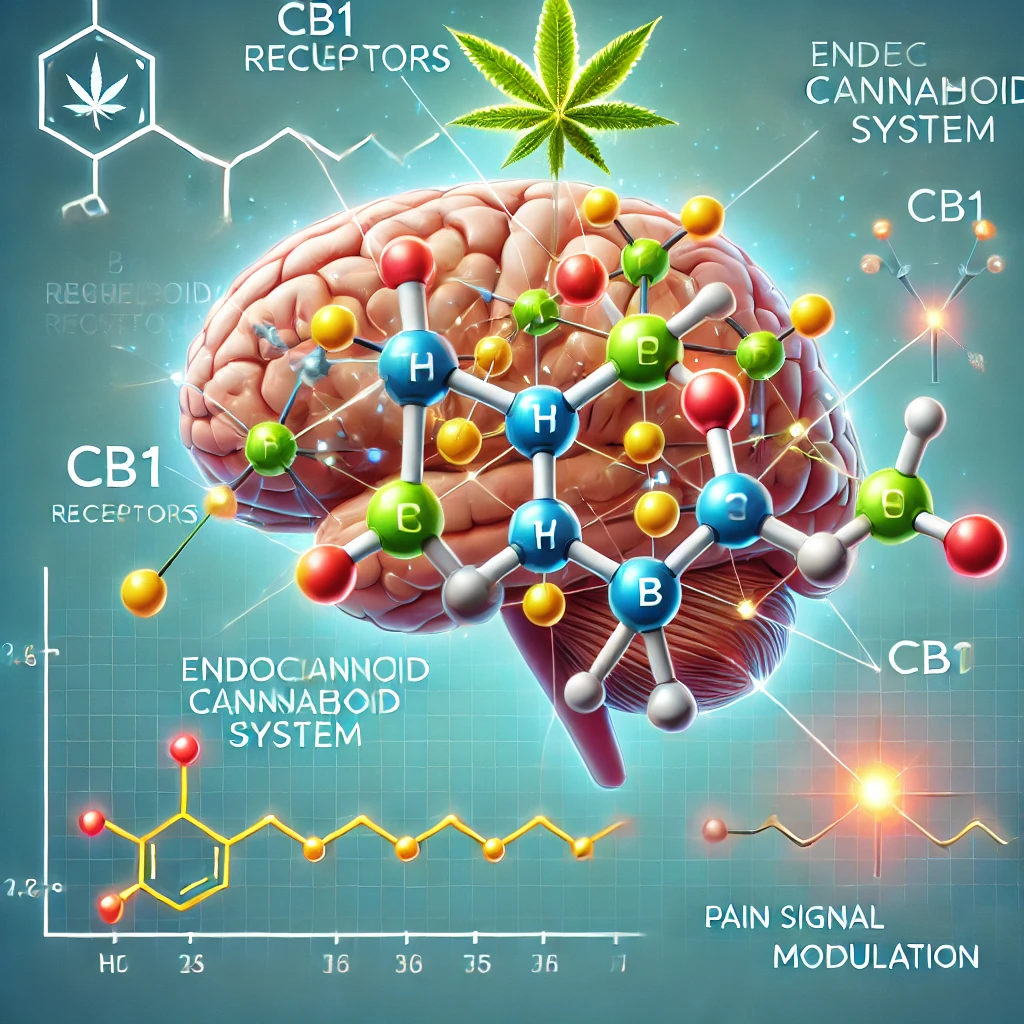Cannabis And Pain
How Marijuana May Help with Phantom Limb Pain: Exploring the Possibilities
Phantom limb pain is a complex and often debilitating condition experienced by individuals who have lost a limb. Despite the absence of the physical limb, the person feels pain as if it were still present. This pain can be intense, chronic, and resistant to traditional treatments, making it a significant challenge for those affected. Recent research has suggested that marijuana, particularly its active component tetrahydrocannabinol (THC), may offer new hope in managing this elusive pain. This article explores how marijuana might help with phantom limb pain, the methods of administration, and potential side effects.

Understanding Phantom Limb Pain and the Role of THC
Phantom limb pain is believed to result from the brain and spinal cord’s attempt to reorganize after losing sensory input from the missing limb. The brain continues to send signals to the absent limb, which can result in pain sensations. These signals are often difficult to modulate with conventional painkillers, leading to ongoing discomfort.
THC, the psychoactive compound in marijuana, interacts with the body’s endocannabinoid system (ECS), which plays a role in pain regulation, mood, and immune response. By binding to CB1 receptors in the brain, THC can alter pain perception, reducing the intensity of pain signals that are misfiring in cases of phantom limb syndrome. This modulation of pain pathways by THC offers a unique approach to managing this condition, which is often unresponsive to other treatments.
Methods of Administration
There are several ways to use marijuana for managing phantom limb pain, each with distinct benefits depending on the patient’s needs and preferences.
1. Sublingual Tinctures:
Tinctures, applied under the tongue, are absorbed directly into the bloodstream, providing rapid relief from pain. This method is ideal for those who need quick action and wish to avoid the potential respiratory irritation that can come with smoking or vaping.
2. Edibles:
Consuming marijuana-infused edibles offers a longer-lasting effect, making it suitable for individuals who need sustained pain relief. However, the delayed onset of relief—ranging from 30 minutes to 2 hours—means careful dosing is necessary to avoid taking too much.
3. Vaping
: Vaping offers the fastest onset of effects as the cannabinoids are absorbed through the lungs directly into the bloodstream. This method is effective for immediate relief but may not be suitable for everyone, particularly those with respiratory issues.
Potential Side Effects
While THC can be effective in reducing phantom limb pain, it is important to be aware of potential side effects. Some individuals may experience cognitive changes, such as impaired memory or difficulty concentrating. In rare cases, high doses of THC can lead to hallucinations, particularly in individuals who are sensitive to its psychoactive effects. Other common side effects include dry mouth, dizziness, and increased heart rate. It’s advisable to start with a low dose and adjust gradually under medical supervision to minimize these risks.
Real-Life Example
Consider a war veteran who has lost a leg and struggles with constant phantom limb pain, making it difficult to focus or rest. By using a THC tincture sublingually, they might experience a reduction in the pain’s intensity, allowing them to engage in daily activities with less discomfort. For longer-lasting relief, they could use an edible in the evening to help manage pain overnight, promoting better sleep and recovery.
Conclusion
Marijuana, particularly THC, offers a promising option for managing phantom limb pain, a condition that is notoriously difficult to treat with conventional methods. With various administration options, such as tinctures, edibles, and vaping, individuals can tailor their use of marijuana to meet their specific needs. However, it is crucial to be mindful of potential side effects and to consult with a healthcare provider before starting any new treatment. As research into marijuana and pain management continues, THC may become a valuable tool in the fight against phantom limb pain, offering relief to those who suffer from this challenging condition.